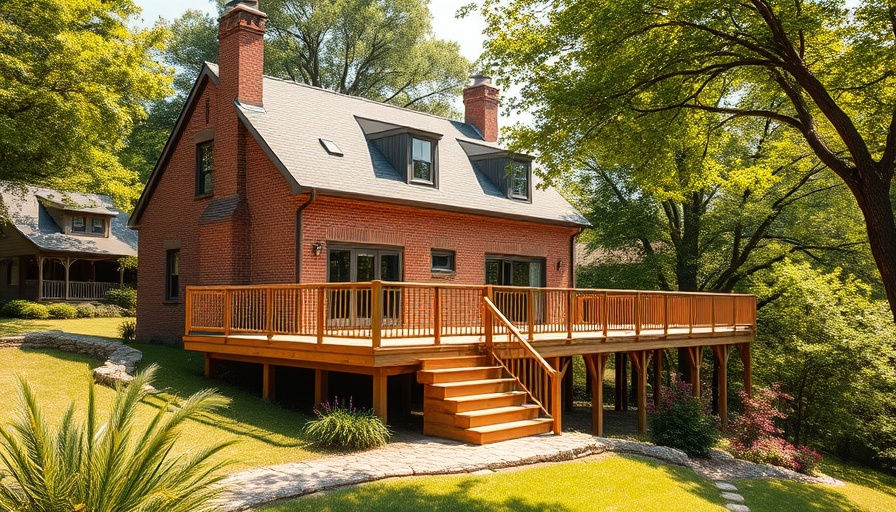
Why Fire Safety Codes Matter in Brooklyn’s Unique Landscape
In Brooklyn, where many families occupy homes with basements, the implications of fire safety codes extend beyond mere legal requirements. They serve as essential protective measures designed to safeguard lives and property. The unique challenges posed by Brooklyn’s architectural diversity, along with its rich mix of old and modern buildings, necessitate a thorough understanding of these regulations.
Combating the Risks: Protecting Lives and Property
Fire safety codes in residential buildings, particularly basements, are in place to combat potential fire hazards effectively. The physical and structural characteristics of Brooklyn homes can create environments where fires might easily ignite, especially in cramped spaces where combustible materials might accumulate. Fire safety regulations dictate the installation of vital fire prevention measures, ensuring that infrastructure supports safe living environments.
Common Fire Hazards in Basements and How Codes Help
Among the many fire hazards found in basement spaces, inadequate ventilation, improper electrical installations, and flammable materials are leading risks. Many homeowners unwittingly create dangerous environments by storing old, unused items in basements, where electrical systems may not have been updated to meet current standards. Adherence to fire safety codes establishes preventive measures designed to mitigate these risks significantly.
Particular Attention: Outdated Structures and Renovations
Older properties in Brooklyn, often renowned for their historic architecture, may not conform to contemporary fire safety regulations, leading to lethal risks. Homeowners are encouraged to assess electrical systems periodically and engage in renovations that comply with fire safety codes. Utilizing fire-rated materials and incorporating modern ventilation systems can significantly enhance safety.
The Complexity of Compliance: Navigating New York City’s Regulations
Understanding the multifaceted nature of fire safety requirements is vital for Brooklyn homeowners. The codes are not only state-mandated but are also influenced by local zoning regulations that require specialized knowledge to navigate effectively. Homeowners can benefit immensely by collaborating with professionals knowledgeable about local laws and codes to ensure compliance.
Beyond Codes: The Importance of Proactive Measures
Staying informed about fire safety codes is only part of the equation. Homeowners must also adopt proactive measures, including regular fire safety inspections and maintaining clear evacuation paths. Ensuring that smoke detectors are functional and fire extinguishers are accessible can make a significant difference in emergencies.
Community Responsibility: Promoting Fire Safety Awareness
Fire safety codes serve not only the individual homeowner but the entire Brooklyn community. By fostering a culture of safety awareness, residents can collectively reduce the risks posed by fire hazards. Local workshops on fire safety, regularly scheduled inspections, and community outreach can empower homeowners to take the necessary steps to protect their homes and families.
Future Trends: Anticipating Fire Safety Needs
As Brooklyn continues to evolve, fire safety codes will need to adapt to meet the changing landscape of residential spaces. Emerging construction technologies and eco-friendly materials promise to bring new avenues for improving safety. Homeowners should stay abreast of these developments to ensure that their spaces remain compliant and secure.
Conclusion: Taking Action for Safety
For Brooklyn homeowners, understanding fire safety codes is a matter of life and property protection. Beyond mere compliance, the impact of adhering to these regulations extends to creating safer living environments for families and communities alike. By enhancing awareness, investing in safety measures, and engaging with local resources, homeowners can significantly mitigate the risks associated with fire hazards in their basements. Do not wait until it's too late—ensure your home adheres to fire safety codes today!
 Add Row
Add Row  Add
Add 




Write A Comment